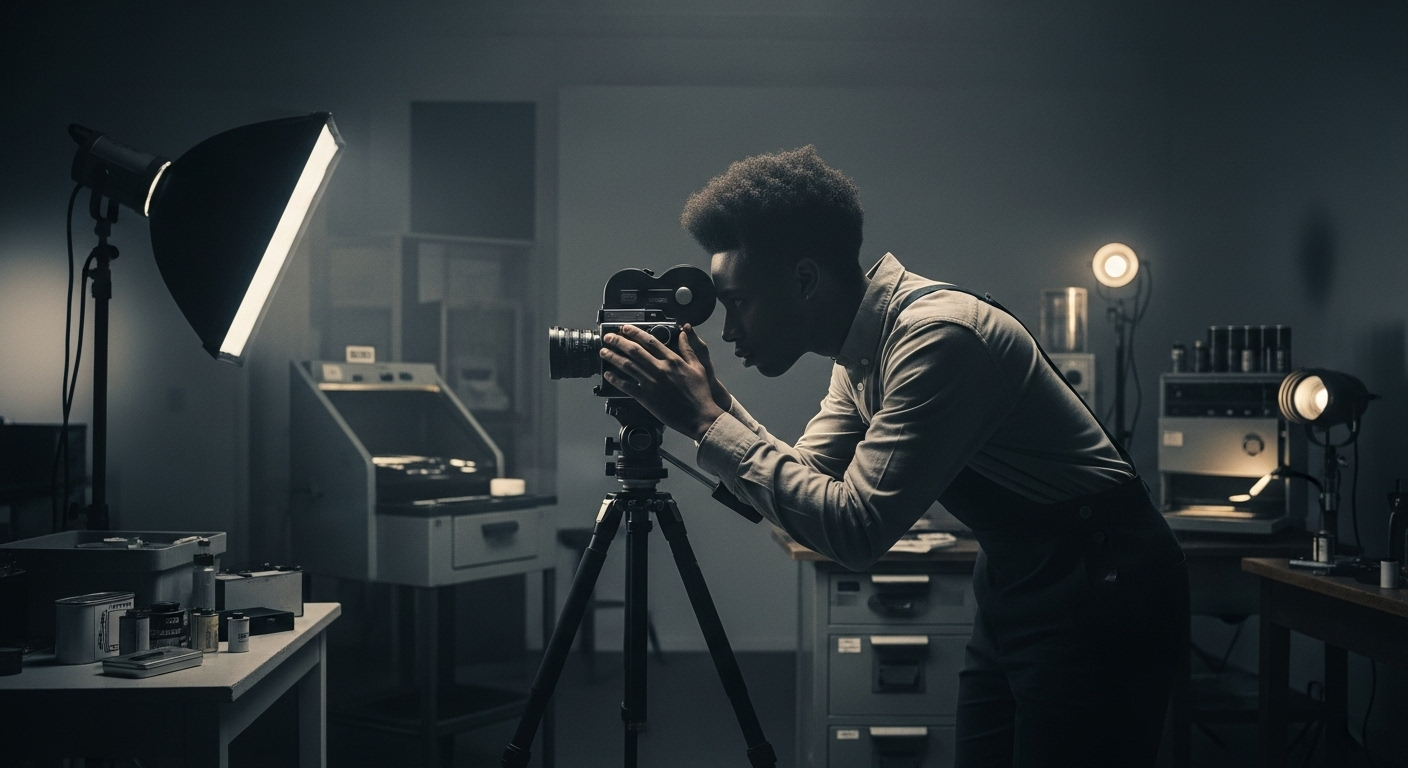Rewinding the Reels: The Resurgence of Analog Film in the Digital Era
In a world dominated by digital technology, an unexpected trend is taking center stage: the revival of analog film. This resurgence is not mere nostalgia—it's a celebration of the artistic virtues unique to this medium. This article examines the reasons behind this revival, its current developments, and its implications on contemporary cinema and photography.

Revisiting the Analog Era
The analog era was a time when capturing an image required patience, skill, and an appreciation for the unpredictability of the medium. Photographers and filmmakers painstakingly adjusted their settings, understanding that each frame was a valuable commodity. This craftsmanship imbued the resulting images with a unique aesthetic—grains, light leaks, and color shifts became defining characteristics, rather than imperfections. As digital technology took over, these nuances were lost, replaced by perfect pixels and infinite storage.
The Catalysts for the Comeback
Several factors have contributed to the resurgence of analog film. One is the desire for authenticity and tangibility in an increasingly virtual world. Another is an appreciation for the distinct artistic traits of analog, such as its rich tones and organic grains. Furthermore, influential filmmakers like Quentin Tarantino and Christopher Nolan have championed the medium, utilizing it in their works to critical acclaim.
Embracing the Old in the New
Today, the analog revival is not merely a rejection of digital technology, but rather a harmonious marriage of the old and new. Companies like Kodak and Fujifilm have reintroduced classic film stocks, while tech startups are developing innovative tools to simplify the analog process. Film labs, once on the brink of extinction, are thriving again, offering services to both professionals and hobbyists.
Impact and Reception in the Industry
The resurgence of analog film has had a profound impact on the arts and entertainment industry. Filmmakers and photographers are rediscovering the medium’s unique aesthetic and storytelling potential, while audiences are appreciating the distinct visual experience it offers. Industry critics largely applaud this trend, acknowledging that analog’s idiosyncrasies can enhance artistic expression.
The Future of Analog Film
While it’s unlikely that analog film will completely replace digital, its resurgence signifies a broader appreciation for physicality and craftsmanship in arts. As artists continue to experiment with this revitalized medium, we can expect more diverse and exciting developments in the future of cinema and photography.
Final Notes:
In conclusion, the resurgence of analog film is a fascinating shift in the arts and entertainment industry, driven by a desire for authenticity, tangibility, and unique artistic expression. Its impact and reception have been overwhelmingly positive, and its future promises to be an exciting blend of tradition and innovation. This is not merely a nostalgic trend, but a testament to the enduring appeal of tactile art forms in a digital world.




